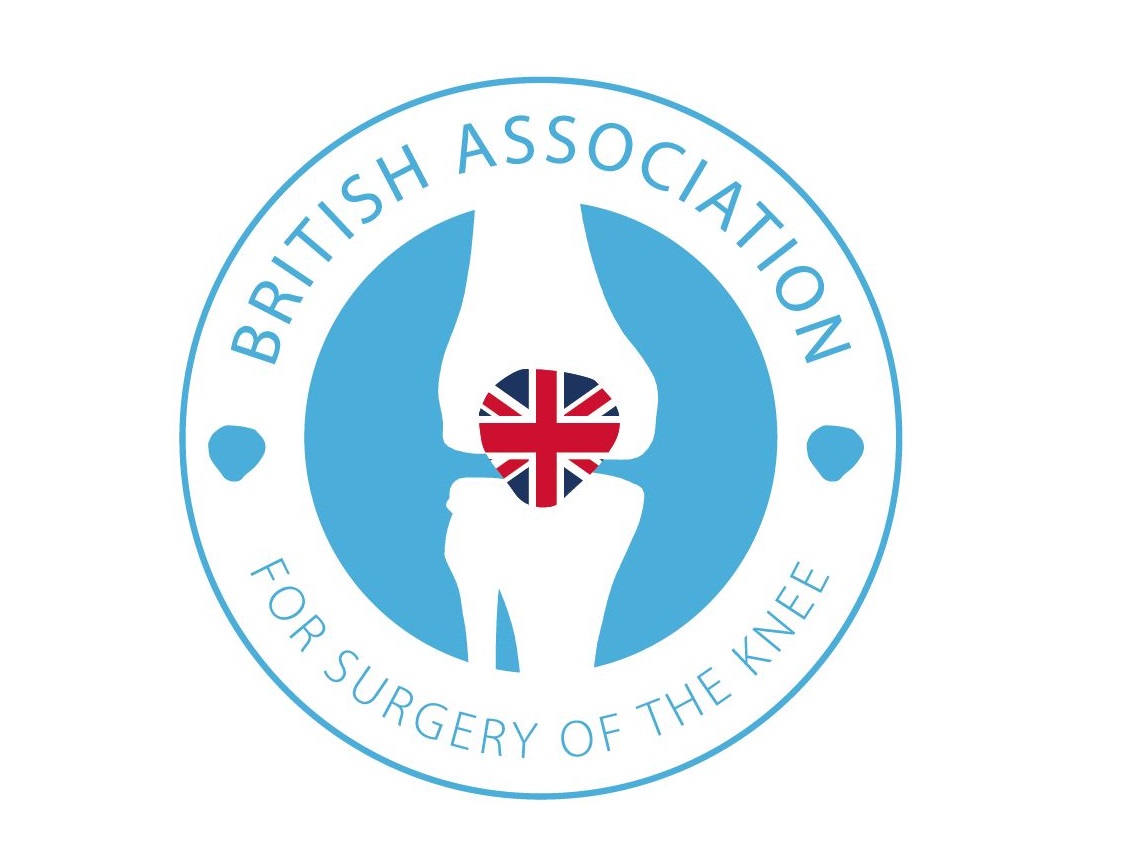BOASt - The Surgical Management of Recurrent Patellar Instability



Date Published: August 2020
Last Updated: August 2020
Background and justification
The scope of this guidance is to provide recommendations for the surgical management of skeletally mature patients* with recurrent patellar instability and no significant degenerative change.
Summary of Audit Standards
- Surgery:
- In the absence of severe trochlear dysplasia, patella alta and major abnormalities in alignment, the soft tissue surgical procedure of choice should be a medial patellofemoral ligament (MPFL) reconstruction.
- Isolated lateral retinacular release is never indicated for patellar instability.
- Isolated medialisation of the tibial tuberosity is not recommended in pure patellar instability, although reducing excessive lateralisation may occasionally be indicated.
- Significant patella alta, in the setting of recurrent dislocations, should be treated by tibial tuberosity distalisation, often combined with other procedures (MPFL reconstruction; medial soft- tissue procedure; and/or trochleoplasty).
- Consider correction of rotation or coronal malalignment when severe abnormality is present.
- Severe trochlear dysplasia in skeletally mature patients should be treated with trochleoplasty. Determination of severe trochlear dysplasia is typically based on a convex or laterally-facing lateral trochlear facet, or a Dejour classification of B or D.
- All surgical procedures for patellar instability must be carried out by surgeons with appropriate experience and training. Trochleoplasty and combined surgical procedures should be carried out by surgeons with demonstrable training in these procedures and experience in their use.
- Clinicians should be cautious recommending surgical treatment for instability patients who also have background chronic pain, as their pain symptoms may not improve or could even deteriorate after stabilisation surgery. Caution is also advised in patients with generalised joint hypermobility.
- Post-operative Physiotherapy:
- Physiotherapy following surgery for patellar instability, should be performed by physiotherapists with training and experience in this pathology, or under the supervision of an appropriately skilled and experienced physiotherapist.
- Recommended post-operative physiotherapy should include:
- Education and advice.
- Observation and monitoring of individual case deviations (such as, after tibial tubercle osteotomy).
- Restoration of range of motion.
- Assessment of functional movement patterns and lower limb control, address deficits where they are present.
- An individually tailored exercise program which may include lower limb and trunk strengthening and/or proprioceptive exercises.
- A functional-based program to meet the occupational, sporting and social goals of patients.
- Clinicians dealing with complex cases should have access to a multi-disciplinary team and a forum for case review or advice from peers
* Skeletally immature patients should be initially treated with rehabilitation, before considering formal reconstructive procedures. If surgery is necessary, such patients would benefit from procedures which preserve growth plates and are best carried out by surgeons used to performing these procedures.
